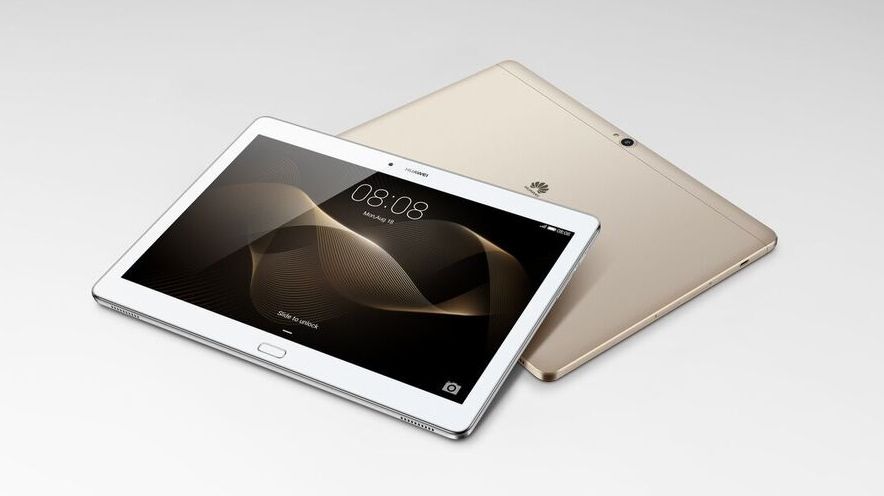Huawei MediaPad M2 wants to be your next big Android tablet
Four configurations (some with a stylus) to choose from

Huawei is out with a new tablet, the MediaPad M2, an Android tablet with some iPad Pro swagger thrown in.
That mainly is thanks to the stylus, provided for precision drawing and writing. It's called the M-Pen, which is somewhat more palatable than the Apple Pencil.
The stylus has has 2048-level pressure sensitivity, Huawei claims, and, in the premium edition, high identification accuracy. We only hope the less accurate stylus isn't too far off the mark.
Its large size and stylus lean it toward the enterprise crowd, though it definitely still has the look of a consumer-centric slate, one of the nicer looking of the Android family in recent memory.
The 10.1-inch tablet features a 1920 x 1200 FHD screen, 5MP front and 13MP rear camera, has a 6600mAh battery and runs Android 5.
Its specs aren't much to write home about, but the MediaPad M2 has one ace up its sleeve: sound. Huawei partnered with Harman/Kardon for the MediaPad M2's speakers, which will restore lost high-frequency details for a lossless listening experience.
The MediaPad M2 will come in four models, each at different price points and storage configurations. The 2GB+16GB Wi-Fi version retails for $349, the 2GB+16GB LTE variant for $399, the 3GB+64GB Wi-Fi model with M-Pen for $419 and the 3GB+64GB LTE with M-Pen version for $469.
Get daily insight, inspiration and deals in your inbox
Sign up for breaking news, reviews, opinion, top tech deals, and more.
It'll be available in two colors: Luxurious Gold and Moonlight Silver.
- A lot more is happening at CES 2016
Michelle was previously a news editor at TechRadar, leading consumer tech news and reviews. Michelle is now a Content Strategist at Facebook. A versatile, highly effective content writer and skilled editor with a keen eye for detail, Michelle is a collaborative problem solver and covered everything from smartwatches and microprocessors to VR and self-driving cars.
